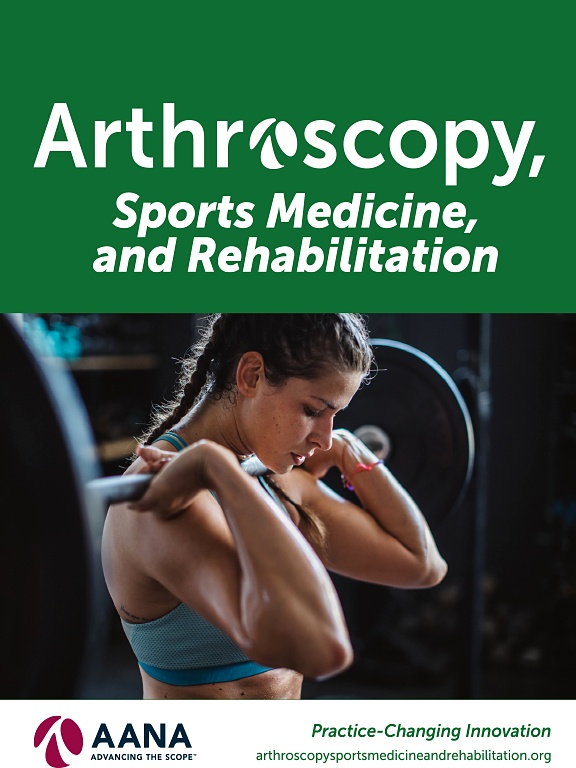
Suspensory vs. Expandable Anteromedial Femoral Fixation in Male ACL Reconstruction

Suspensory vs. Expandable Anteromedial Femoral Fixation in Male ACL Reconstruction
No Difference in Outcomes Between Suspensory (Fixed-Loop Cortical Button) Versus Expandable Anteromedial Femoral Fixation in Anterior Cruciate Ligament Reconstruction With Autologous Hamstring Tendons: A Prospective, Randomized, Controlled Study in Male Patients.
Arthrosc Sports Med Rehabil. 2021 Jun 24;3(4): e1155-e1163.Did you know you're eligible to earn 0.5 CME credits for reading this report? Click Here
Synopsis
Seventy patients with anterior cruciate ligament (ACL) ruptures were randomized to receive an ACL reconstruction procedure utilizing either suspensory femoral fixation (cortical button; n=35) or expandable femoral fixation (AperFix; n=35). The primary outcomes of interest included anteroposterior knee stability at 2 years follow up and femoral/tibial tunnel widening at 12 months follow up. Seconda...
To view the full content, login to your account,
or start your 30-day FREE Trial today.
FREE TRIAL
LOGIN
Forgot Password?
Explore some of our unlocked ACE Reports below!

Learn about our AI Driven
High Impact Search Feature
Our AI driven High Impact metric calculates the impact an article will have by considering both the publishing journal and the content of the article itself. Built using the latest advances in natural language processing, OE High Impact predicts an article’s future number of citations better than impact factor alone.
Continue



 LOGIN
LOGIN

Join the Conversation
Please Login or Join to leave comments.